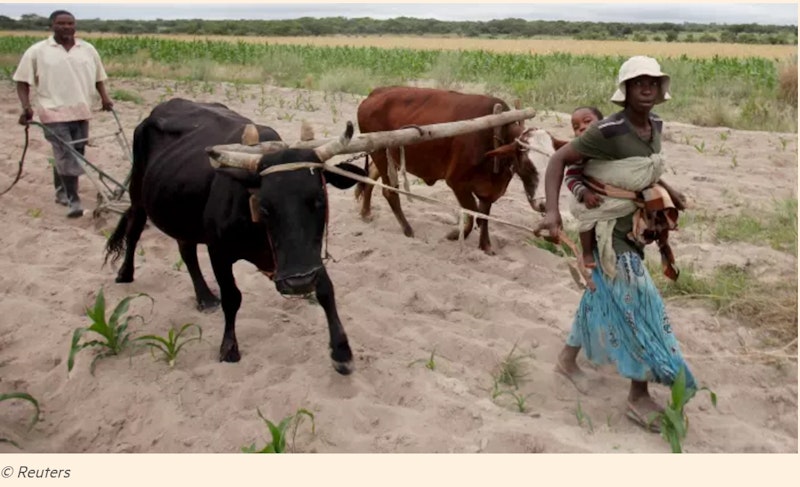In the News
Zimbabwe's cash cows
18th April 2017
Two recent articles in the FT could make a useful starter to the new term, particularly for Year 13 students who are preparing for the synoptic paper. Both cover the move by Zimbabwe's parliament last week to require banks to register “moveable” assets as collateral for bank loans - and those assets include not only machinery and motor vehicles, but also farm livestock such as cows and goats.

The first of the articles was published last Wednesday. It references many topics from the A level course and could be given to students to see what comments they can make relating to:
- Functions of money, and money as a medium of exchange
- Savings gaps and the Harrod-Domar model
- Microfinance in developing countries
- Investment and the multiplier
- Capital Flight
- Foreign Currency gaps
- Banks' capital and liquidity
- Monetary policy
- The circular flow of income
- ...and any other topics they can think of!
The article from FT View at the weekend gives a bit more background to 'dollarisation'. It also points out that using livestock as collateral is a method already used in other African countries in order to give those with no capital access to bank credit in order to fund investment. However, those countries are not 'dollarised' economies as Zimbabwe is following the hyperinflation a decade or so ago. Zimbabwe now uses the US dollar as it's currency, meaning that the only money available in the country is what it can earn in the form of dollars. As a result, there is a critical shortage of cash for the public and severe credit crunch for the banks.
You might also like
Importance of trade for development
Study Notes
Credit: How it is Created (Financial Economics)
Study Notes

The Great Recession and the Failure of Financial Intermediation
2nd September 2016
What are Commercial Banks? (Financial Economics)
Topic Videos
Test 5: A Level Economics: MCQ Revision on Financial Economics
Practice Exam Questions
Commercial Bank Stress Tests
Topic Videos
Daily Email Updates
Subscribe to our daily digest and get the day’s content delivered fresh to your inbox every morning at 7am.
Signup for emails